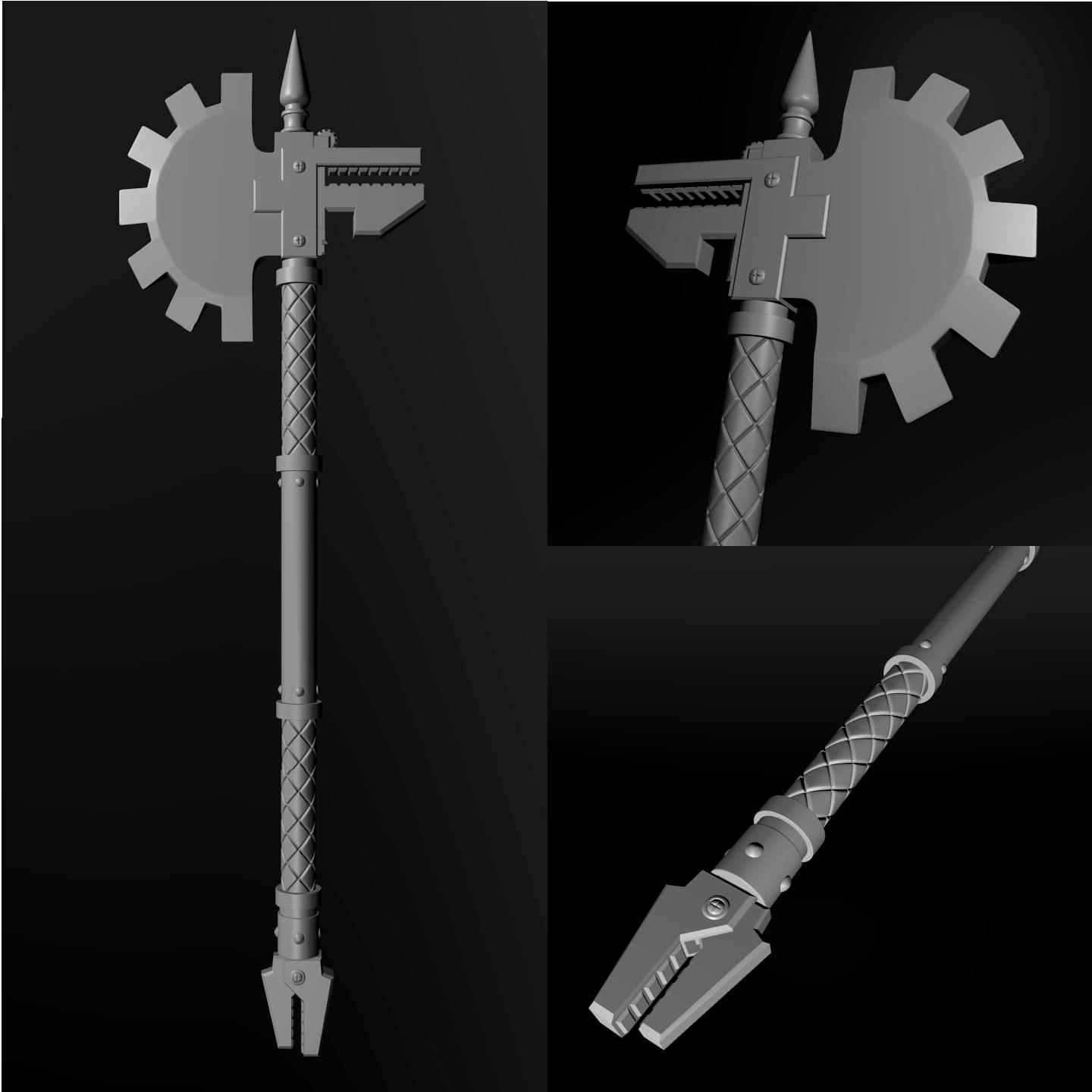Vee Valavil
Covid 19 Mask
Concepts
I originally drew up this concept thinking about the masks
that myself, civilians, and medical officials created. My design focused on
allowing civilians and medicals officials to utilize Bluetooth technology
without the risk of spreading COVID-19 via contact with their phone, pager,
etc. My inspiration for the mask shown is from the Japanese anime Dragonball Z.
The character I focused on specifically was a character named “Cumber”. The
character has a full mask that covers the lower half of the face and had
circles on the side of the face that I thought could utilize some form of
Bluetooth technology built into it. I incorporated various elements into the
mask and removed the nose part of the mask straps to allow for an individual to
wear glasses, or another eye protection along with the mask.
Techniques
My method of creating the mask started in cycles. I first
started creating the mask and then started creating the shell of the mask.
To create the mask, I first created a circle object and used
the scale tool to contour the circle in the front view to contour the shape of
the circle the shape of the human face. Next I did a rebuild of the mask
structure and tried my best to contour it to the face. I then created a median
line and cut the mask in half to using the trim tool. I used the one half of
the remaining and started creating a symmetrical design of the mask around the
mouth and nose of the face model. I then used the mirror technique utilizing
the median line to join each side of the mask together to create the design.

When it came to the shell of the mask, I wanted the mask
structure to be solid instead of creating straps. I created the base structure
of the straps using curves and joining them together with fillets. I then
projected the straps onto the face and created a separate layer for them. I
then manipulated the form of the mask to the head. I then create segments for
the mask to make sure there were cross sections that would attach to the face.
Once all the cross sections were created, I used patch srf and made the
multiple sections of the mask. I then use the split tool to then imprint the
cross sections into the model and then proceeded to patch them. I also create
additional curves that would allow the mask to connect to the base of the mask
as you can see at the bridge of the mask. Lastly the offset srf command was
used to make the surfaces solid and ensure that they protruded out from the
face as expected. Lastly, I took two spheres, sized them to fix the ears,
placed them on the mask and trimmed the excess surfaces to create a
headphone-like structure over the ears.

Materials
Plastic painted with red and black gloss paint.


















































